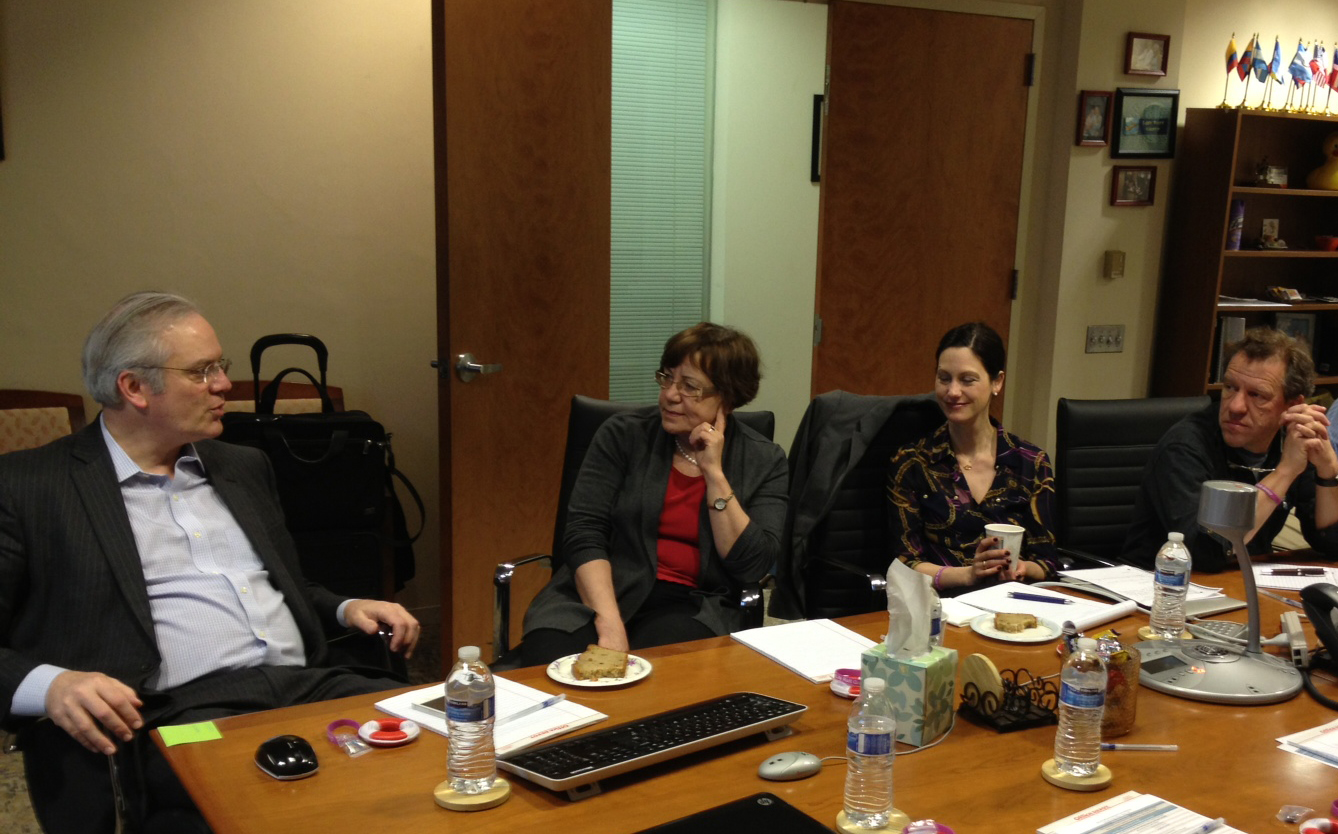Time magazine this month published an in-depth look at how collaboration is beginning to change the way cancer research is approached, citing numerous examples of the effectiveness of scientists working together to find a cure.

LRG Researchers collaborating to find the cure.
This, of course, comes as no surprise to The Life Raft Group. Since we assembled our own team of researchers to tackle Gastrointestinal Stromal Tumors six years ago, collaboration has been the key to our efforts; in fact we have been ahead of the curve in this area.
Our team of nine scientists from top research centers meets quarterly to review strategy, share data and discuss promising areas. Each has an area of expertise that can be called upon by the group to solve problems and move forward.
In the beginning, this was quite unusual in the medical community. As the Time article states, “Cancer research is typically about the narrowly focused investigator, beavering away, one small grant at a time.” We sought to break that mold.
While organizations mentioned in the article, like Stand Up to Cancer (SU2C), work with significantly greater amounts of funding, the LRG moved sooner to the collaboration model to make the most of its limited research funds.
While this new approach is emerging, many changes in the structure of the medical research community as a whole still need to take place. “The team model is also disrupting the normal course of business across the medical-research community,” Time states. “For investigators, it means changes in the way careers are developed; the way data—and especially credit for achievement—are shared. For institutions, team research means changes in contracts, compensation, titles and the path of intellectual property. For pharmaceutical companies, it means restructuring the way experimental drugs are allocated and clinical trials are conducted.”
The Life Raft Group is at the forefront of pushing for those changes because we recognize the urgency of finding a cure. And we believe, as the Time article suggests, “it will take not one hero but many.”
For example, we are working on developing a new clinical trial model that would involve collaboration between pharmaceutical companies and cancer centers and would benefit from the data in our Patient Registry and Tissue Bank.
Significantly, National Institutes of Health director, Francis Collins is quoted in the Time article as someone who backs this “paradigm shift” in the research model. “I am strongly anti-silo, strongly pro-breaking down barriers, bringing disciplines together, building collaborations and building dream teams,” he told Time.
You can read the full Time story here.



